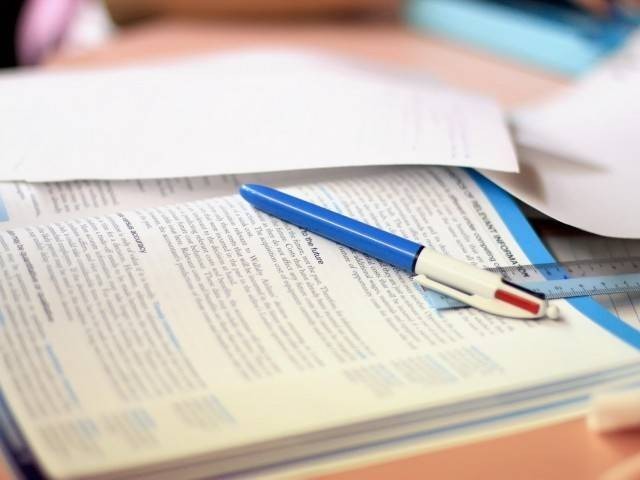
The situation, though, has worsened since two years ago.
According to Annual Status of Education Report (ASER-Pakistan 2016) published in August 2017, a survey was conducted in nine rural territories of Federally Administered Tribal Areas (Fata) which covered 5,390 households in 270 villages. It collected detailed information on 17,674 children (59 per cent boys, 41 per cent girls) between the ages of 3-16 years. Of these, around 14,847 children aged 5-16 years were tested for language and arithmetic competencies.
Further, it focused on 268 government schools (of which 75 per cent were primary, 11 per cent elementary, 13 per cent high, and one per cent madrassas) and 57 private schools (14 per cent primary, 37 per cent elementary, 47 per cent high, two per cent madrassas) were surveyed.
It found that 64 per cent of government schools were for boys only, while a paltry 22 per cent were for girls only, and a mere 14 per cent were coeducation schools. In private schools, 49 per cent were for boys and only nine per cent were for girls only. A whopping 42 per cent were coeducation schools. The report found that around 68 per cent of students of class five could not read a class 2 book in Urdu or Pashto, down from 47 per cent in 2015.
Similarly, 65 per cent of grade five children could not read sentences meant for grade two students, compared to 53 per cent in 2015. The analysis further showed that 89 per cent of grade three children could not read a story in Urdu or Pashto compared to 86 per cent in the previous year.
Moreover, around 92 per cent of grade three students could not read a grade two-level sentence, as compared to 89 per cent in 2015.
Around 65 per cent of grade five children could not complete a two-digit division, as compared to 47 per cent in 2015. On the other hand, 88 per cent of students enrolled in grade three could not complete the two-digit divisions in 2016 as compared to 82 per cent in 2015. Children enrolled in private schools, though, performed better when compared to their public-school counterparts.
Around 40 per cent of grade five students in private schools could read a story in Urdu or Pashto as compared to 29 per cent in government schools.
English learning levels of private school students was better than those in public schools with around 38 per cent of children studying in private schools able to read at least a sentence in grade five, compared to only 34 per cent of government school children. Similarly, in arithmetic, 47 per cent of children enrolled in grade five in private schools were able to complete divisions when compared to only 31 per cent of students enrolled in government schools.
The report showed that boys outperformed girls in literacy and numeracy skills with 42 per cent of boys against 17 per cent of girls who could read at least a sentence in Urdu or Pashto, while 43 per cent of boys could read at least English words, compared 19 per cent of girls who could do the same.
FATA rejects report
Fata Director Education Hashim Khan, though, rejected the report and said that it showed a dissatisfied face of education in the tribal areas.
Talking to The Express Tribune, he said that everyone was aware of the situation in Fata, but despite the adverse situation they had introduced several reforms in education. Moreover, the examination systems of grade five and eighth have been centralised while around 1,067 teachers were hired through the National Testing Service.
The education director said that thousands of students in Bara, Khyber Agency and Waziristan have been out of schools for years, but they are now returning to classrooms after closed schools were reopened.
Published in The Express Tribune, November 20th, 2017.






1725254039-0/Untitled-design-(24)1725254039-0-270x192.webp)
1732449527-0/Express-Tribune-(4)1732449527-0-270x192.webp)
1732441230-0/BeFunk_§_]__-(49)1732441230-0.jpg)








COMMENTS (1)
Comments are moderated and generally will be posted if they are on-topic and not abusive.
For more information, please see our Comments FAQ